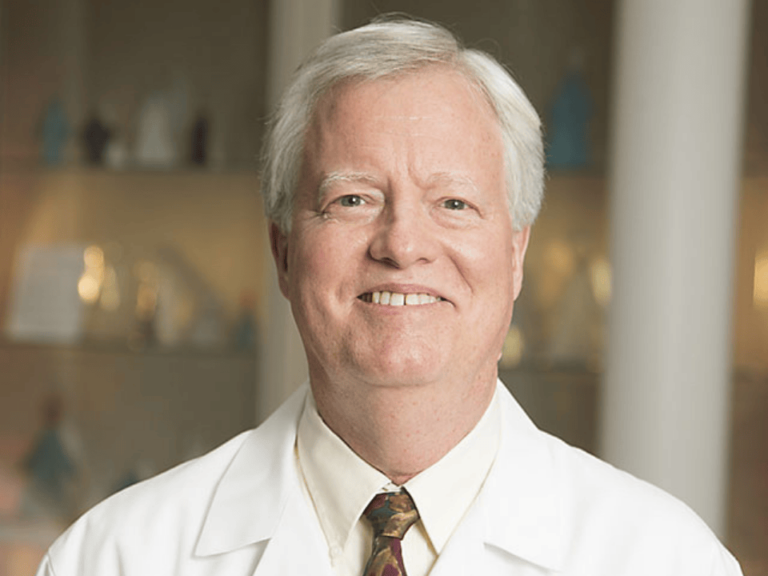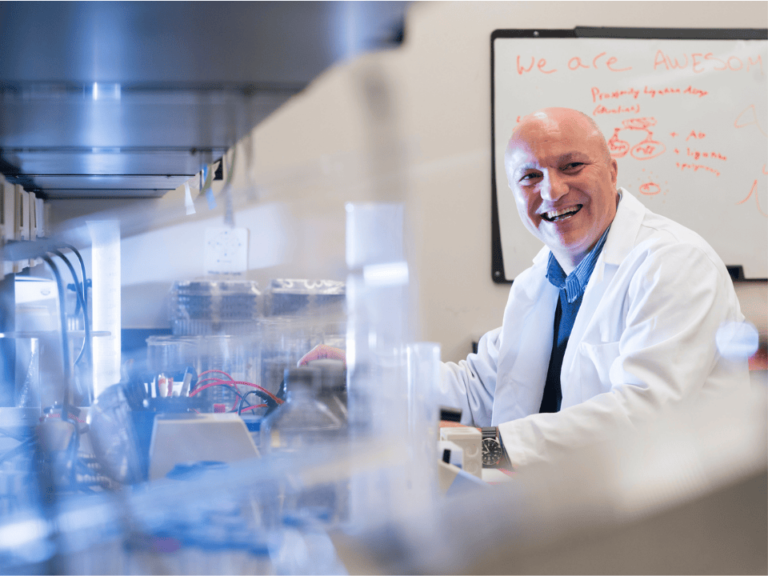The Scripps Research Institute announced a research collaboration and license agreement with Pfizer Inc. to pioneer new DNA-encoded library technology, including new synthetic chemistry for the creation of next-generation DELs, a potentially transformative technology for early stage drug discovery research.
Under the collaboration, Pfizer will pay a technology access fee and thereby gain access to innovative chemical synthesis technology developed at TSRI.
Members of the TSRI chemistry department—Professors Phil Baran, Dale Boger, Jin-Quan Yu, K. Barry Sharpless, and others—will work alongside Pfizer scientists to adapt these chemical methods for use in creating DELs, which require stringent processes that are tolerant of the delicate DNA backbone.
TSRI and Pfizer may choose to expand the scope of the joint research to include other technologies relevant for enabling DEL-based drug discovery. Financial terms of the agreement are not disclosed.
In contrast to conventional drug screening where a few million small molecules are evaluated in biological systems, DEL screening uses DNA-based “barcodes” to survey billions of small molecules, potentially increasing the ability of researchers to identify promising chemical leads.
While this technology was originally conceived at TSRI by Richard Lerner and Sydney Brenner in the early 1990s, the reduction to practice has taken decades and required technological advances in DNA sequencing and informatics in order to be more fully realized.











